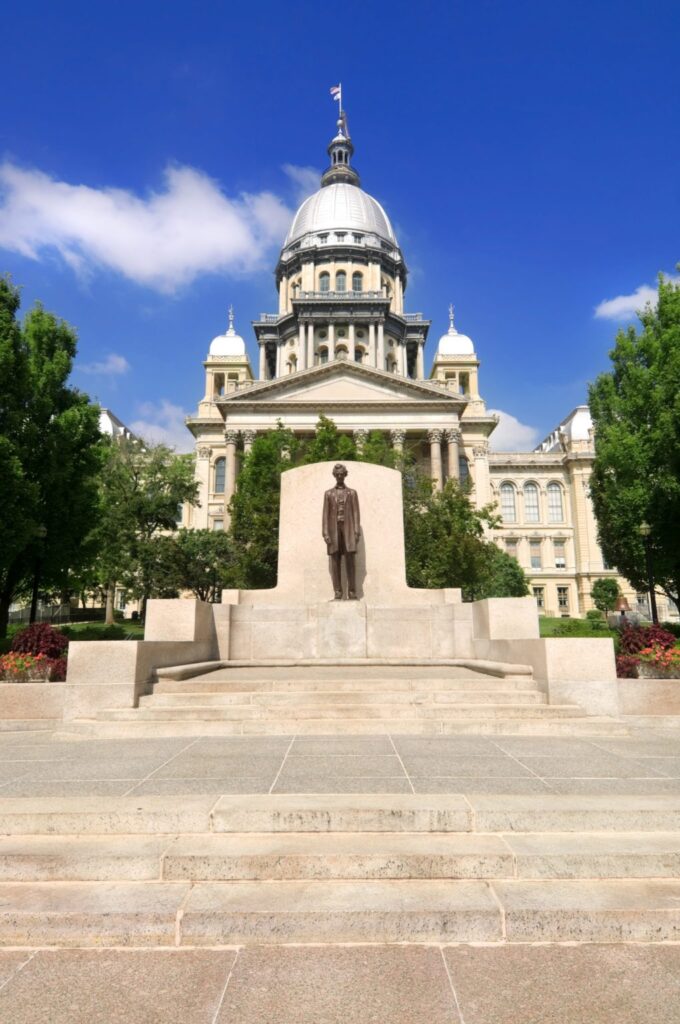
Elevated legislative involvement in regulating owners’ insurance coverage pricing and charges – as lately referred to as for by some officers in Illinois – would damage insurance coverage affordability within the state, reasonably than serving to shoppers as supposed, Triple-I says in its newest Points Transient.
Rising premiums are a nationwide situation. They replicate a mix of pricey climate-related climate occasions, demographic tendencies, and rising materials and labor prices to restore and exchange broken or destroyed property. Common insured disaster losses have been rising for many years, fueled partially by pure disasters and inhabitants shifts into high-risk areas. Extra lately, these and different losses to which the property/casualty insurance coverage trade is susceptible had been exacerbated by inflation associated to the pandemic and Russia’s invasion of Ukraine. Tariffs and modifications in U.S. financial insurance policies have since put much more upward stress on prices.
These rising prices – if not addressed – threaten to erode the policyholder surplus insurers are required to maintain readily available to pay claims. If surplus falls beneath a sure stage, insurers don’t have any alternative however to extend premium charges or alter their willingness to imagine dangers in sure areas.
To keep away from this, many insurers have filed with state regulators for fee will increase – requests that usually meet with resistance from client advocacy teams and legislators. Illinois wouldn’t be the primary state to attempt to ease shoppers’ ache by constraining insurers’ skill to precisely set protection costs to replicate rising ranges of danger and prices.
Practicality, not politics
Such efforts, whereas maybe politically widespread, confuse one symptom (increased premiums) of a rising danger disaster with its underlying trigger (rising losses and rising prices). Utilizing the blunt instrument of laws to deal with the complexities and sensitivities of underwriting and pricing would are likely to disrupt the market and additional damage insurance coverage affordability – and, in some areas, availability.
Slightly than goal insurers with misguided laws, the transient says, states can be wiser to work with the trade to enhance their danger profiles by investing in mitigation and resilience. The transient describes the causes of upper premium charges nationally and in Illinois and the way different states have efficiently collaborated to deal with these causes and cut back upward stress on – and finally convey down –premium charges.
“Triple-I welcomes the chance to collaborate with state policymakers to develop constructive approaches to danger mitigation and resilience that can profit communities and shoppers,” the transient says.
Be taught Extra:
Revealing Hidden Price to Shoppers of Auto Litigation Inflation
Easing House Maintenance to Management Insurance coverage Prices
Survey: Owners See Worth of Aerial Imagery for Insurers; Training Key to Consolation Ranges
Nonprofit to Rescue NOAA Billion-Greenback Dataset
2025 Cat Losses to Date Are 2nd-Costliest Since Information Have Been Saved
2025 Tornadoes Spotlight Convective Storm Losses
Auto Premium Development Slows as Policyholders Store Round, Research Says
Litigation Reform Works: Florida Auto Insurance coverage Premium Charges Declining
IoT Options Supply Owners, Insurers Worth — However How A lot?
Texas: A Microcosm of U.S. Local weather Perils
New Illinois Payments Would Hurt — Not Assist — Auto Policyholders

